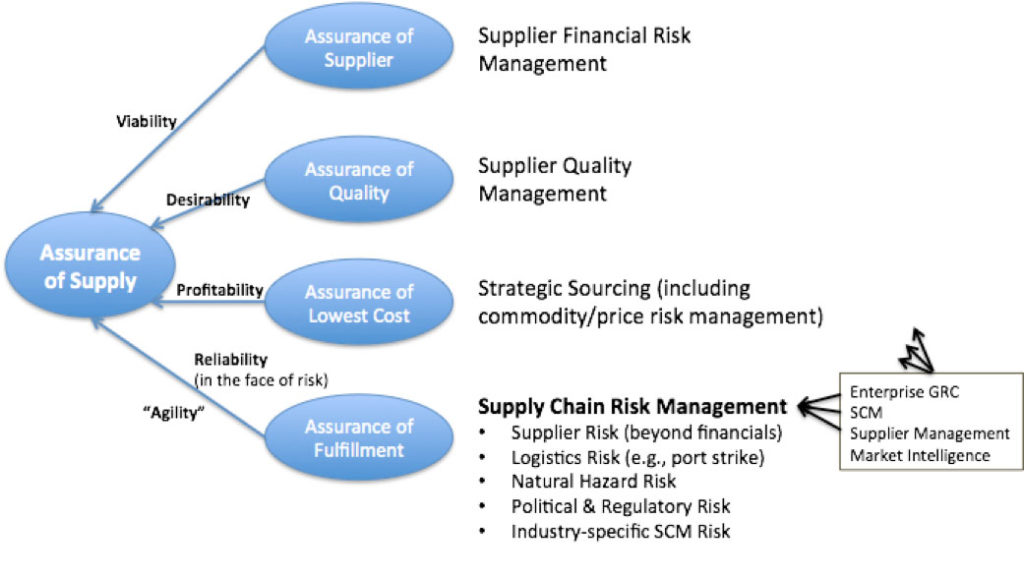
- Workaholism Is the Threat That Masquerades as Dedication
The difference between working 40 hours per week and working, say 55 or more, shows up in the quality of the work. In the ‘80s, the Whitehall II study in Great Britain highlighted a drop in cognitive function for those working longer schedules. Teams that spend more hours at their desks but get progressively less effective aren’t benefiting the business.
- The working life is changing fast, companies need to catch up
Explaining that work “doesn’t really work today”, Katherine von Jan, MD of strategic innovation at Salesforce, highlighted the better experience that customers have over workers as a hint that things aren’t right.
The customer experience is at an all-time high, with ease of service from ordering to delivery of products and services – meaning our expectations are probably too high when we get into the office.
https://www.siliconrepublic.com/video/salesforce-future-of-work-inspirefest
The message is really good, but this poor woman is so awkward… - What It’s Like When a Coworker Tells You to Smile
It seems that when I walked about the campus, I had failed to smile at the people who would determine my status as faculty or reject. It also turned out that I did not dress appropriately; interrupted men when they were talking even if they paused for breath and it seemed to me they were done rambling on and on; spoke out about controversial issues like presidential campaigns, civil rights, lack of diversity in both employees and courses; and a host of other things I did that identified me as a “left-wing feminist.” I knew I had an EEOC case when the female faculty member assigned to be my “mentor” explained to me that “you have to dress to please the men” in order to get tenure.
- Robots and AI won’t cost you your job anytime soon
Robots function a lot like reptile brains. Technology hasn’t come far enough in biomimicry to create the right movements, expressions and thought patterns to bring AI to where it can work alone. Current AI technology, whether it’s an actual robot or just software, almost always need a human guide. At best, robots are relegated to one specific task that they can repeat multiple times.
- Why Do Millennials Hate Groceries?
Economists have found the same shift toward restaurant dining and away from old-fashioned grocers. Using Census data, the economist Mark J. Perry calculated that for the first time on record, Americans are spending more money at restaurants and bars than at grocery stores.
Also:
But today’s shoppers are springing for options in a market that supermarkets once monopolized. Modern shoppers divide their shopping among superstores like Walmart, supermarkets like Giant, specialty shops for bread and coffee, and online shopping for all of the above. It is what industry analysts are calling “grocery channel fragmentation,” and nothing in this retail sector is growing faster than than the low-end. In a reflection of the slow recovery, dollar and convenience stores accounted four in five new food retailers that opened since 2013.
http://www.theatlantic.com/business/archive/2016/11/millennials-groceries/506180/?utm_source=feed
Photo: Karsten Würth











